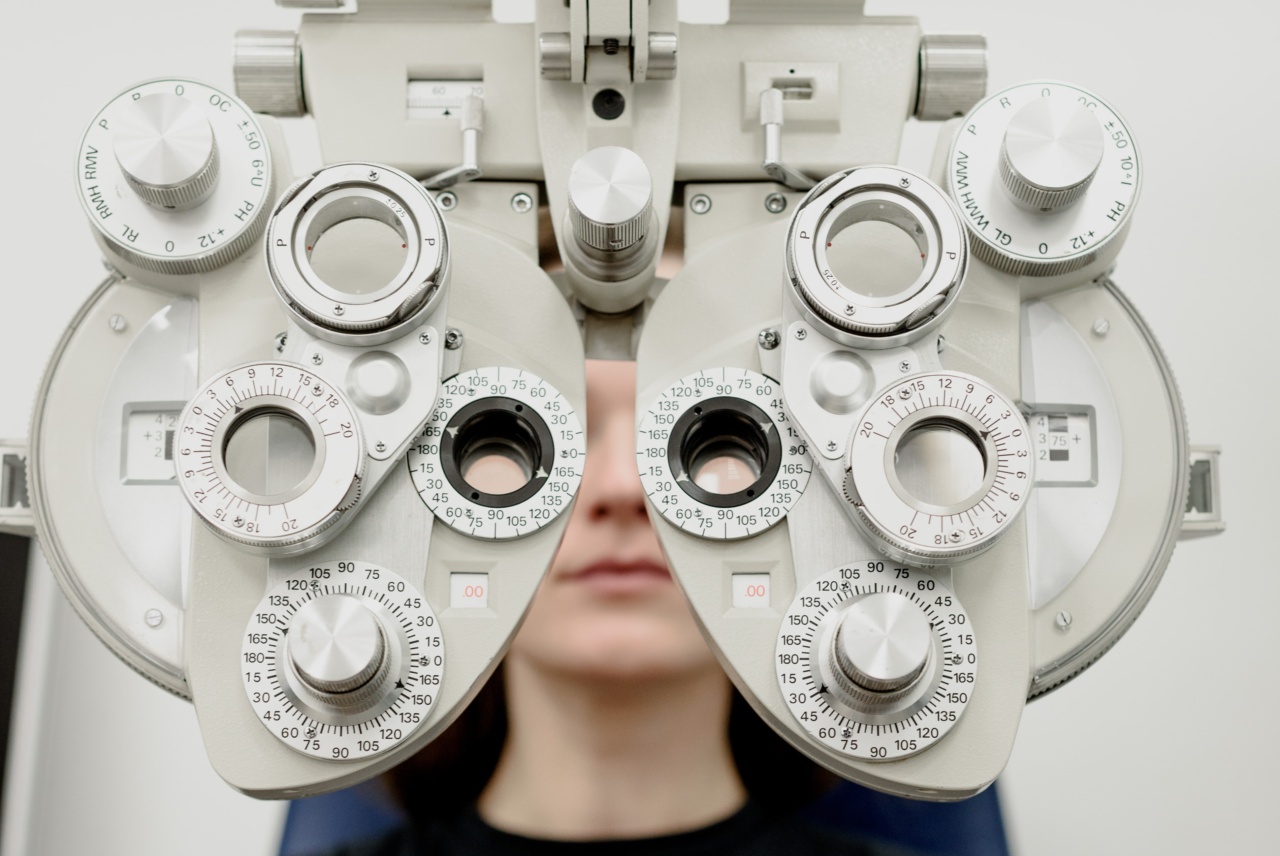Alzheimer’s disease is a devastating neurodegenerative disorder characterized by loss of cognitive and memory function.
It is estimated that more than 44 million people are living with Alzheimer’s worldwide, a number that is expected to triple by 2050. Currently, there is no single test to diagnose Alzheimer’s, and most diagnoses are based on cognitive and behavioral symptoms.
However, recent research has shown that ophthalmological exams can help detect early signs of Alzheimer’s disease.
What is an ophthalmological exam?
An ophthalmological exam is a comprehensive examination of the eye and its structures. It is typically performed by an ophthalmologist, a medical doctor specialized in the diagnosis and treatment of eye diseases.
An ophthalmological exam typically includes:.
- Visual acuity testing
- Eye movement testing
- Examination of the front of the eye, including the eyelids, conjunctiva, cornea, and iris
- Examination of the inside of the eye, including the lens, retina, and optic nerve
- Eye pressure testing for glaucoma
How can an ophthalmological exam help diagnose Alzheimer’s?
Recent research has shown that changes in the eye may be early signs of Alzheimer’s disease. In particular, the retina, which is a part of the central nervous system, may provide important clues to the disease.
One study conducted at the University of Minnesota found that people with Alzheimer’s disease had thinning of the retina compared to people without the disease.
Another study conducted at the University of California, San Diego found that people with Alzheimer’s disease had less blood vessels in their retinas than people without the disease.
In addition to changes in the retina, an ophthalmological exam can also detect changes in the lens and cornea of the eye, which can be indicative of early Alzheimer’s disease.
Limitations of ophthalmological exams for Alzheimer’s diagnosis
While an ophthalmological exam can provide important clues to the diagnosis of Alzheimer’s disease, it is important to note that this type of exam is not a definitive diagnostic tool.
A diagnosis of Alzheimer’s disease requires a comprehensive evaluation by a trained medical professional, which typically includes cognitive and behavioral assessments, medical history, neurological exams, and brain imaging.
Furthermore, changes in the eye can also be indicative of other conditions, such as glaucoma, cataracts, or macular degeneration.
Therefore, an ophthalmological exam should not be relied upon as the sole tool for the diagnosis of Alzheimer’s disease.
Future directions for ophthalmologic research in Alzheimer’s diagnosis
Despite the limitations of ophthalmological exams, there is growing interest in the role of the eye as a potential window into the brain.
Ophthalmologists, optometrists, and neurologists are working together to develop new techniques for early diagnosis of Alzheimer’s disease using the eye.
One promising technique is optical coherence tomography (OCT), a non-invasive imaging technique that uses light waves to produce detailed images of the retina.
OCT has the potential to detect changes in the retina that are indicative of Alzheimer’s disease even before symptoms appear.
Another promising technique is the use of fluorescence technology to detect beta-amyloid, a protein that accumulates in the brain in Alzheimer’s disease.
Researchers are currently developing a method to administer a fluorescent dye to the eye, which can then bind to beta-amyloid in the retina. If successful, this technique could provide a non-invasive way to detect early changes in the brain related to Alzheimer’s disease.
Conclusion
An ophthalmological exam is a valuable tool in the detection of early signs of Alzheimer’s disease. Changes in the retina, lens, and cornea of the eye can provide important clues to the disease.
However, it is important to remember that an ophthalmological exam is not a definitive diagnostic tool, and a comprehensive evaluation by a trained medical professional is required for a diagnosis of Alzheimer’s disease. Future research may lead to new techniques using the eye for early diagnosis of Alzheimer’s disease, and collaborations between ophthalmologists, optometrists, and neurologists will be critical in this effort.





























